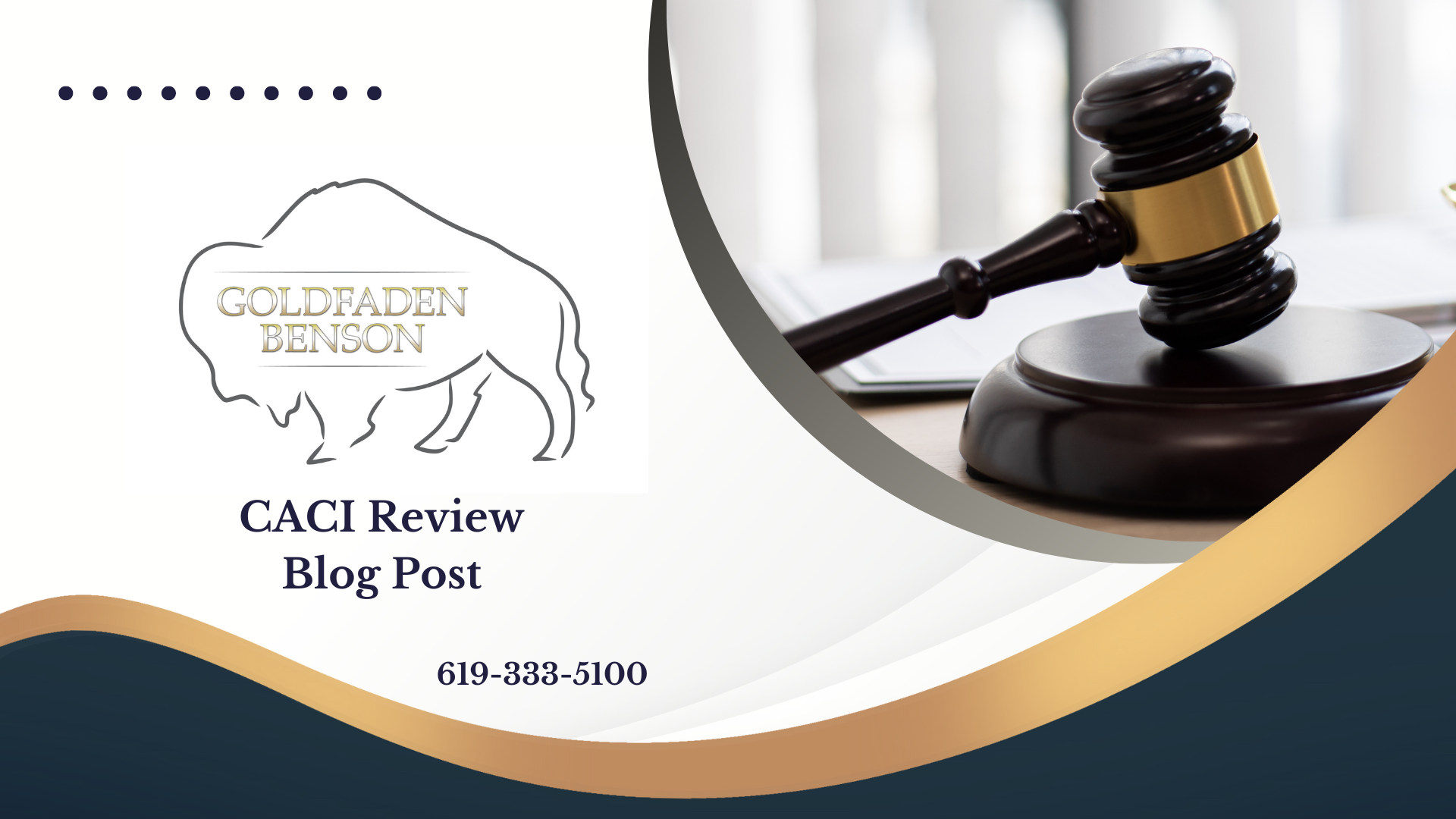In California, a common legal issue arises when someone accidentally pays money or delivers goods to another party. This situation is addressed through the legal concept known as "money had and received," particularly under Judicial Council of California's Civil Jury Instructions (CACI).
**Understanding the Cause of Action: Money Had and Received**
When you claim that someone owes you money that you inadvertently paid or goods that you mistakenly delivered, you muster this cause of action. To prevail in such a claim, the plaintiff must demonstrate five essential things.
1. **Mistaken Payment or Delivery**: You must show that you paid the money or sent goods by mistake. It's crucial to clarify what that mistake was. For example, you may have transferred funds thinking you owed a debt when, in fact, you did not.
2. **No Right to the Funds or Goods**: You must establish that the person or entity you paid did not have a legitimate right to keep the money or goods. This means they didn't earn it nor was there any contract which justifiably supported such a retention.
3. **Request for Return**: To further strengthen your case, it is necessary to prove that you asked the party to return the money or goods. This step emphasizes good faith on your part, showing that you acknowledge the mistake and want to rectify it.
4. **Non-Return**: You must show that the other party has not returned the funds or the goods. This lack of return implies that they are unjustly enriched at your expense.
5. **Specify the Amount**: Finally, you need to articulate the exact amount of money that the defendant owes you. This specificity is crucial for assessing the damages you seek.
These elements collectively form the foundation of your case for money had and received. The principle behind this cause of action is rooted in preventing unjust enrichment. When one party accepts money or goods that rightly belong to another, the law seeks to correct this situation.
**Real-World Connections**
Imagine you accidentally sent $1,000 to a vendor for services that were never performed. After realizing your mistake, you ask the vendor to return the money, but they refuse. You have a legitimate claim under the "money had and received" framework. By demonstrating the five elements listed above, you could potentially reclaim your funds.
**Conclusion**
Navigating legal claims can be complex. The "money had and received" cause of action provides a pathway to recover what is rightfully yours in situations of mistaken payments or deliveries. If you find yourself entangled in such a predicament, consulting an experienced attorney might make all the difference in pursuing justice.
For more information or legal assistance regarding personal injury claims or related issues, reach out to Goldfaden Benson. Understanding your rights can empower you to take informed steps toward resolution. Contact our firm today!








